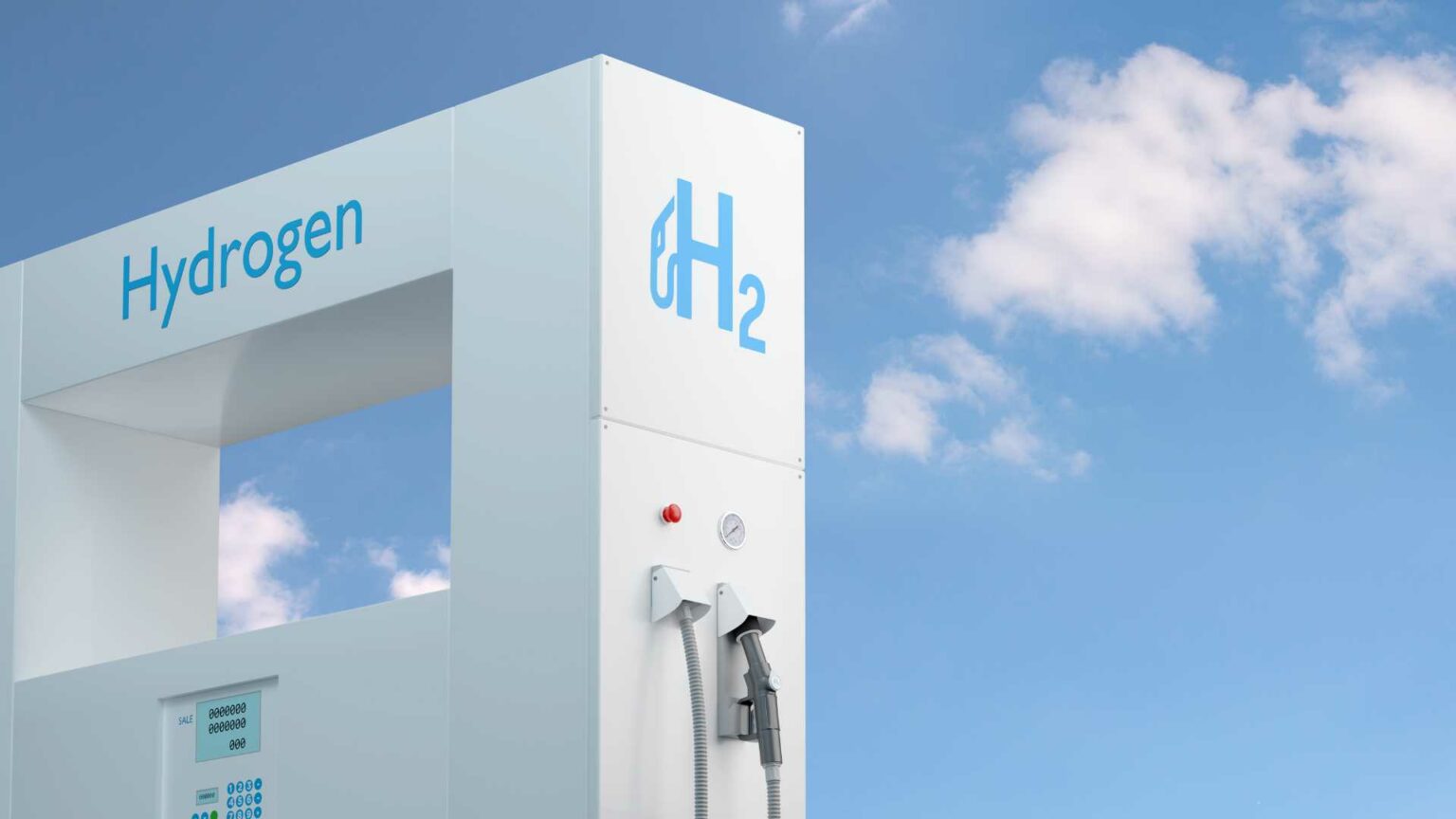A recent study introduces an innovative approach to designing safety barriers for hydrogen refueling stations. The noteworthy research conducted by Sehyeon Oh, Junseo Lee, and Byungchol Ma aims to enhance the safety mechanisms in these stations and underscores the critical advancements in the hydrogen energy sector.
Relevance
This research is particularly significant as the hydrogen industry is rapidly expanding, and ensuring the safety of hydrogen refueling stations is a top priority. The study employs Response Surface Methodology (RSM) and Artificial Neural Networks (ANN) to optimize the design of safety barriers, considering the risks associated with potential explosions and jet fires—hazards inherent to hydrogen due to its explosive nature.
Main Findings
The researchers developed a comprehensive model that integrates RSM and ANN techniques to predict and mitigate risks associated with hydrogen refueling stations.
The notable findings of their study include:
1. Optimized Barrier Design: The model offers an optimized design for safety barriers that significantly reduce the risk of damage during an explosion or jet fire.
2. Enhanced Predictive Accuracy: Leveraging ANN, the model enhances accuracy in predicting the impact of such incidents, leading to better-prepared safety measures.
3. Cost Efficiency: The proposed methodology also contributes to cost efficiency by reducing the need for overly conservative barrier designs.
Potential Applications
These findings have vast practical applications. Hydrogen refueling stations, crucial for the adoption of hydrogen-powered vehicles, could greatly benefit from this optimized design, leading to safer and more reliable refueling infrastructure. Furthermore, this methodology can be adapted for various industries using hydrogen as a fuel or energy source.
Market Relevance
As the hydrogen market grows, with increasing investments and adoption of hydrogen technology in transportation and energy sectors, the relevance of such research cannot be overstated. Ensuring the safety of hydrogen refueling stations builds public trust and aligns with regulatory standards, fostering an environment conducive to further growth and innovation in the hydrogen market.
Technical Details and Methodologies
The research meticulously details the application of RSM to identify critical factors affecting barrier performance. By utilizing ANN, the study enhances prediction models through learning from vast datasets, leading to more precise and reliable designs. Key parameters such as barrier material, thickness, and placement were explored to ensure optimal protection against explosions and fires.
Broader Implications
The implications of this research extend beyond just refueling stations. As hydrogen technology is increasingly integrated into various sectors, the principles of this study could be applied to any infrastructure handling hydrogen. This includes production plants, storage facilities, and even transportation systems.
Key Takeaways
– The study presents a novel approach using RSM and ANN to design hydrogen refueling station barriers.
– The optimized design significantly enhances safety and cost efficiency.
– Applicability spans across multiple hydrogen-related infrastructures.
– Ensuring safety is vital for fostering growth in the hydrogen market.
